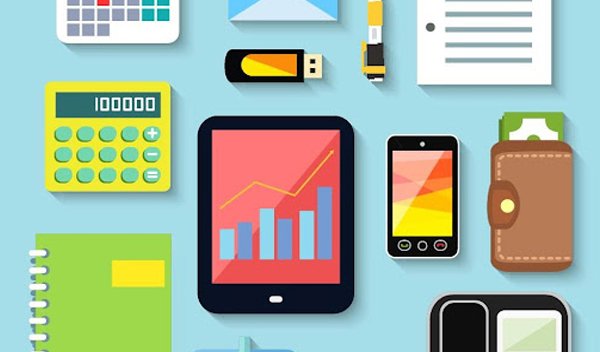Best Examples of Technology Applications in Schools
With well-planned and well-executed technology applications, an education institution like a school can enhance the efficiency and productivity of its departments.
Education and technology have one thing in common: development. Education is the development for humans whereas the latter for the means that they use.
Technology helps solve learning problems and improve performance. Better education leads to more rapid technology development. Integrating technology in the educational sector is thus fruitful for the development of both. Here’re how the integration materializes.
The Applications of Technology in School Administration
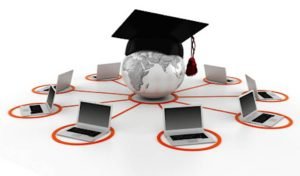
School administration is often the most complex department in virtually every educational institution.
It deals with the school’s specific tasks. These tasks include curriculum planning, special education, student development, and co-curricular as well as extracurricular activities.
It also deals with more general administrative tasks like finances, information technology, and human resources.
Technology applications in this department help simplify the complexity and even automate most tasks. The cloud-based educational technology platforms, for instance, have streamlined various administrative duties that include online fee and tuition administration, online admissions, management of staff and attendance, and many more.
Schools have also effectively implemented machine learning and robotic technologies (especially robotic process automation).
These technologies help schools accomplish repetitive and procedural tasks more efficiently and accurately. They eliminate human error. The best thing about them is their ability to learn. AI employment in a school environment is clear proof of how technology and education can develop together.
Technology-Supported Instruction
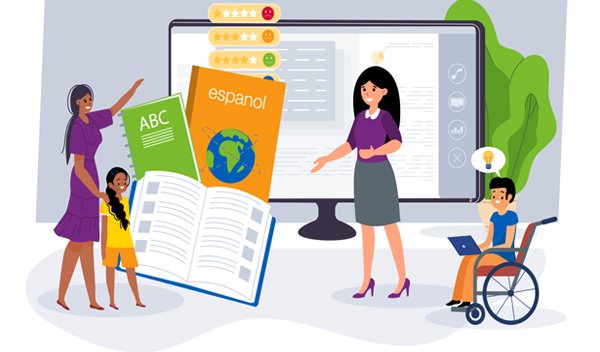
Instructional activities receive the most significant impact of technology applications in a school environment. The development of most educational technologies goes toward enhancing the efficiency of instructions, teaching, and training. Some notable technological breakthroughs have been proven effective in such enhancement.
During the pandemic, video-assisted remote learning suddenly became the new norm. Even when the world population welcomes the post-vaccination herd immunity, this learning technology continues to be in practice in many educational institutions to supplement traditional classroom activities.
Remote learning is perhaps the most visible proof of how educational technology can solve humans’ biggest problem when a worldwide situation paralyzed the traditional educational system.
Another technological breakthrough that has found its way into a classroom is adaptive learning.
Adaptive learning allows each student to receive very specific lessons that they need.
Adaptive learning makes learning a highly personalized activity. Even in a classroom with tens of students, the teacher can always provide each student with a unique set of materials that they can enjoy, understand, and benefit from.
Students also benefit a lot from immersive learning technologies in the form of VR and AR. Students find it more enjoyable, exciting, and understandable to learn materials that they can physically interact with within a 3D and even 4D environment.
K12 students can also benefit from the gamification technology whereby complex and abstract materials can be transformed into a fun, enjoyable, and easily understandable game.
This trend has been seen in various subjects, from mathematics to social sciences. Code learning in games like Rabbids Coding and CodeMonkey are examples of how learning activities don’t necessarily have to be separated from games.
Many other technologies, including AI and machine learning, have helped teachers and students create a better, more efficient, and more enjoyable learning environment.
Thanks to these technologies, tedious instructional activities have been transformed into more efficient and automated models like automatic grading, digital textbook, and digital masterclass.
Communication Technology in the School Environment
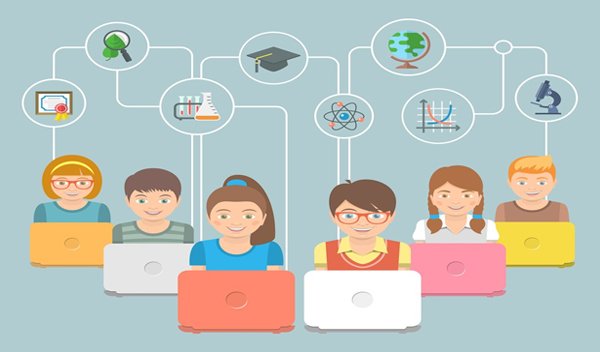
Another sector in which technology applications are in demand is the communication sector. Communication is an integral part of every education system.
Communication occurs in and outside the school environment. It occurs between teachers and students, school staff, and the school and the parents. Efficient communication affects the overall quality of school education.
The pandemic has also forced the massive employment of many communication technologies that have been around since the early 2000s and 2010s. from the use of email on both global platforms like Gmail and the school’s internal emailing system to the use of VoIP and teleconferencing. Apps like Google Meet and Zoom, among others, become the new pervasively used tools for this purpose.
Schools can also harness the power of social media in their system. Social media are no longer a mere communication tool. Many e-learning platforms incorporate social media functionalities to disseminate information and materials.
More streamlined communication is foreseeable as the world gradually embraces the massively faster 5G technology. This ultra-fast connection will certainly open new opportunities for new communication technologies to be introduced to educational institutions.
Security Systems to Protect Technology Applications in a School
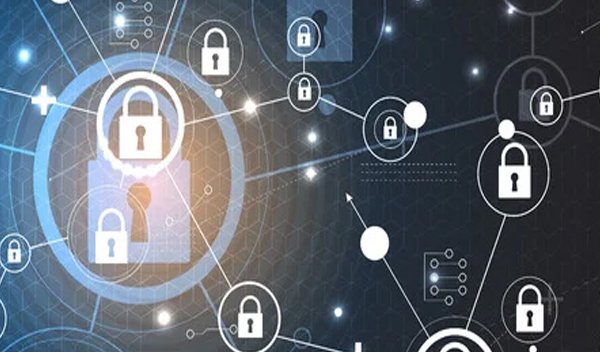
Technology applications in a school are mostly network-based, be it local or global. Therefore, they are always prone to attacks. A significant part of the application of technology in educational institutions should thus involve a reliable security system.
Schools have to be able to protect their communication system, the transmission of data, and the entire IT system. Firewall and antivirus are the traditional security tools that continue to be relevant and indispensable. However, educational institutions should also improve their security system by embracing advanced security measures.
Attacks become more sophisticated nowadays. Everything from targeted ransomware and insider threats to AI-powered attacks poses a real risk to the security system of an educational organization.
Attacks are directed not only toward the school’s internal IT system. They may also threaten everything connected to it, including parents’ mobile phones and the cloud. Without protection, the schools can put their data, a large portion of which is quite sensitive, in real danger.
Cybersecurity continues to be a big issue in every education system. The extensive use of technologies, some of which are in their earliest developmental stages, requires a powerful security system that guarantees their safety against attacks and their efficiency.
Mutual Development
Technology applications in the realm of education evoke mutual development that both technology and education enjoy. Education creates individuals that invent new technologies.
The application of technologies and education tests their effectiveness and develops them. These technology applications ultimately bring both education and technology to maturity.

